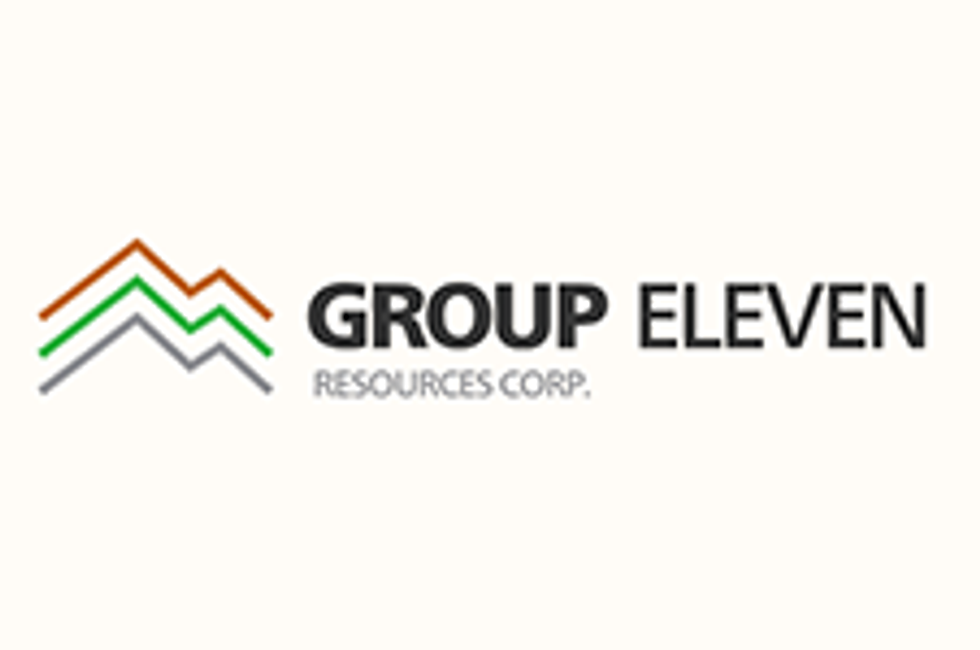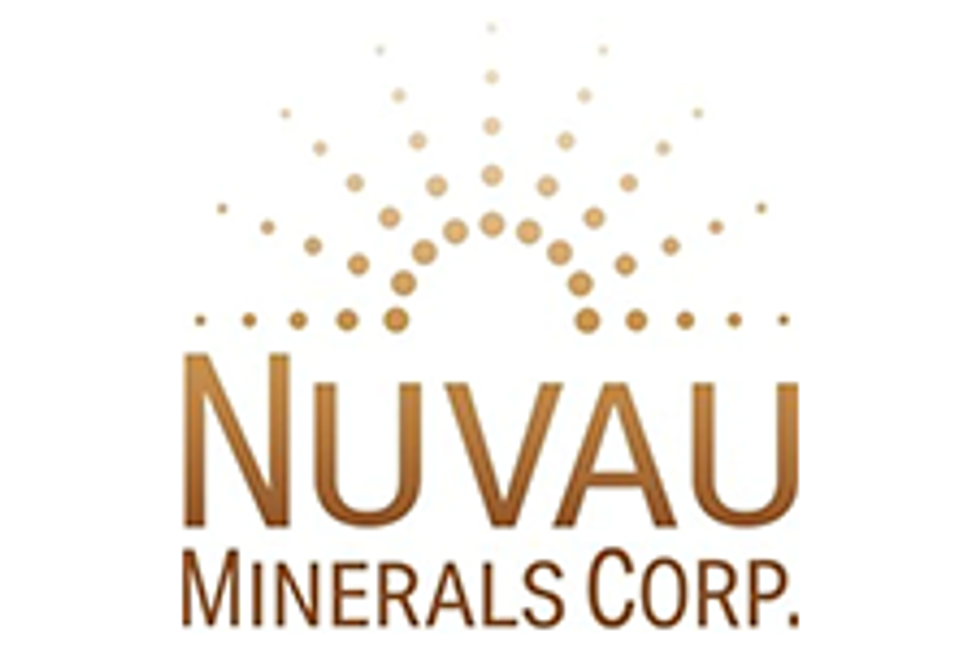A proposed merger between Glencore and Xstrata has brought a lot of attention to zinc. Unfortunately, zinc’s moment in the spotlight also comes at a time of rising mined and refined supply which has pushed spot and three month zinc prices lower.
By James Wellstead — Exclusive to Zinc Investing News
Zinc is enjoying an unusual share of market attention as a number of events in recent weeks have brought the world’s fourth most commonly used metal into the spotlight.
While much of this attention is due to the proposed merger between zinc mining and commodity giants Glencore (LSE:GLEN) and Xstrata (LSE:XTA), re-emerging concerns about growing refined zinc stockpiles and untimely mine production numbers have also drawn negative attention.
Nevertheless, Scotiabank Vice President and Commodity Market Specialist Patricia Mohr maintained at the 100th anniversary of the Association for Mineral Exploration British Columbia that zinc is “one to watch” in 2012.
Oversupply concerns
After losing a quarter of its value in 2011 on spot markets at the London Metal Exchange, zinc began 2012 strongly, with prices rebounding on positive Chinese and American macroeconomic fundamentals, and expectations of an impending near-term mine supply crunch.
But recent concerns related to the timing of that supply imbalance have left markets down over the last three weeks, settling around US $2,016/tonne on cash settlements and US $2,033/tonne for three month contracts at midday trading today, according to the London Metal Exchange.
Concerns over the timing of supply increases appear to be central amongst traders’ concerns, with rumors of oversupply set to flood the market later this year.
“There are not a lot of reasons why zinc should go higher,” Bart Melek, head of commodity strategy at TD Securities, said in an interview. “It’s a surplus, and demand is being outpaced by supply growth. We’re looking for a bit of a correction.”
One current indicator of where mined zinc supply levels will go this year is the negotiations between miners and refiners for benchmark 2012 treatment and refinement charge (TC/RC) rates. TC/RC rates are negotiated annually and tend to mirror the trends in supply: a fall in zinc supply will lead to a fall in TC/RC rates.
Data from the International Lead and Zinc Study Group also show a consistent increase of global zinc mine supply in the last quarter of 2011, while metal production and consumption have levelled off.
These numbers are the result of a number of regional dynamics. China experienced 20 percent growth in mined zinc, reaching 4,458,000 tonnes of concentrate, while refined zinc also grew last year by 3.8 percent to reach 5,344,000 tonnes, according to the National Bureau of Statistics.
These gains were offset by production declines in places like Peru, where zinc production plunged by almost 15 percent to 1,255,899 tonnes for 2011.
But in the short term, Jesper Dannesboe, an analyst at Societe Generale SA, says that “there is no incentive for zinc producers to cut back. If demand is not improving for zinc, then the price will have to fall again.”
But this shouldn’t scare investors off of zinc’s longer-term prospects, says consulting firm CRU’s head zinc researcher Graham Deller. In a recent interview with the Financial Times, Deller said that “[a]nything you pick up now is going to look cheap in three or four years’ time. Tripling [from current prices] is conservative.”
Glencore/Xstrata merger
What is scaring some investors, however, is the US $90 billion proposed merger between Glencore and Xstrata. The merger has pushed zinc markets into the spotlight, as the move – if approved by European regulators – would result in blue chip Glencore controlling between 16 and 18 percent of both zinc ore and zinc metal supply globally. It would also mean that zinc prices would become a central component of the health of one of Europe’s largest companies.
The merger has the potential to consolidate a large portion of the traditionally separated mining and refining functions within the zinc market. Xstrata’s zinc properties in more than 20 countries, combined with Glencore’s extensive role as the world’s largest commodities retailer, accounting for 60 percent of zinc trade internationally in 2010, has some in European steel markets concerned that Glencore would possess too great an influence over refined zinc prices (used in galvanizing and strengthening steel).
However, despite the potential to control more than one third of European smelting capacity, some industry experts have argued that most traders already treat Glencore and Xstrata as one company.
While the exact impacts of the merger are not yet clear, Glencore’s influence on prices must be considered in tandem with an understanding of Chinese zinc producers’ actions. As the world’s largest miner and refiner of the base metal, China’s share in shaping the fate of zinc markets is even greater than that of the newly retooled Glencore entity.
Company news
HudBay Minerals Inc. (TSX:HBM) recently announced that it has acquired 11,300,000 units of Northern Shield Resources Inc. (TSXV:NRN) at a purchase price of CDN $0.22 per unit for total consideration of CDN $2,486,000. The units were acquired on a private placement basis and give HudBay control over approximately 14.1 percent of the issued and outstanding Common Shares on a partially-diluted basis. HudBay has made the acquisition in order to assist with the exploration of Northern Shield’s Wabassi and Storm base metal properties in Northwestern Ontario.
Paragon Minerals Corporation (TSXV:PGR) also recently announced its first National Instrument 43-101-compliant Mineral Resource Estimate for the Lemarchant volcanogenic massive sulphide deposit on its 100 percent-controlled South Tally Pond project in central Newfoundland. The estimate now places Paragon’s indicated zinc resources at 147,074,810 lbs with 109,305,208 in inferred (7.5 percent ZnEQ cut-off).
Securities Disclosure: I, James Wellstead, hold no direct investment interest in any company mentioned in this article.



